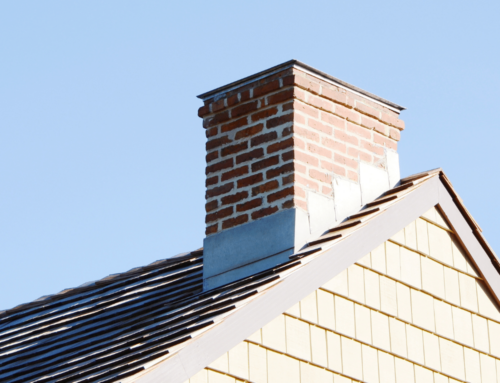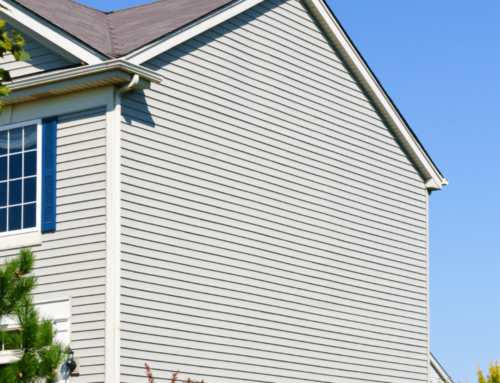Roof Ventilation is the flow of air through a system of intake and exhaust. Ventilation is important because it extends the life of your roof, reduces energy costs, and reduces indoor temperature extremes.
What are the best options for Roof Ventilation?
Box Vents and Turbines
The most common vents seen in new homes are box vents and turbines. Turbines are wind-powered and are effective at removing heat from the attic if the wind is blowing. Box vents are static vents and only allow heat to escape but do not actively pull the air out. Box vents, however, are often used in conjunction with turbines because of the relatively low cost of the vents.
Ridge Vent
Ridge vent, like the box vent, is a static vent as well, but unlike the box vent ridge vent is optimally placed at the ridges of the roof where all the heat is accumulating. As air flows through vents in your soffit, the hot air is expelled through the ridge vent. This is a wonderful option for gable roof homes, a roof with two sloping sides and a gable at each end. However, some hip roof may not have enough ridge to benefit from ridge ventilation. In this case, it is preferred to use a little power.
Power Vents
Power Vents are on top of the attic heat removal food chain! This is because they are powered with a low voltage electrical wire and use very little electricity, often costing as little as $2-3 per month but with less heat in the attic and less stress on the air conditioning unit, the hundreds of dollars of potential savings in costly repairs are advantageous. Most powered box vents include a thermostat switch that will allow the box vent to only operate when the temperature in the attic is 85 degrees or above. This style vent is preferred for every roof application over turbines and ridge vent and is only trumped by that of the great solar powered vent.
Solar Vents
This is the Big Chief, the big Kahuna, the Big… well, you get the picture. Solar vents are awesome! This is a product that functions the best and reduces the impact on our ecosystem. Solar vents will give you all the benefits of a powered vent while harnessing the power of the sun. This means that you are reducing the amount of heat in your attic which then decreases stress on your air conditioner and results in less used energy!! You will save every month on your electric bill; your air conditioner lasts longer with less stress and you reduce your impact on the environment.
How many roof vents do you need?
At Premier can provide the exact number of roof vents needed for your particular roof, but the rule of thumb is one vent for every 300 square feet if there is a vapor barrier in the attic. If there is not a vapor barrier, it is recommended to have one for every 150 square feet.





